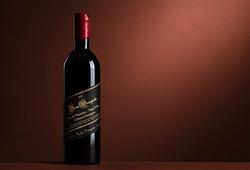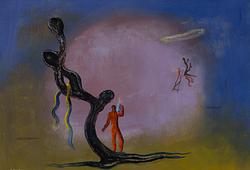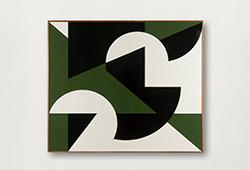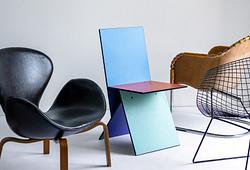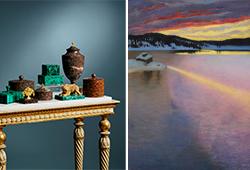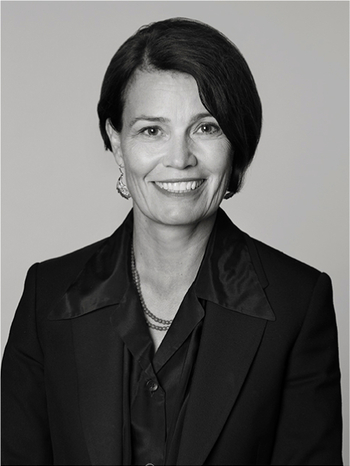Gösta Adrian-Nilsson
"Red figure"
Signed GAN. Executed in Paris circa 1923-24. Cardboard 35 x 27 cm.
Provenance
Gift to "Britta" from the artist in 1937.
Thereafter in exchange to the current owner's father in 1977.
Bukowski Auktioner, The Autumn Modern Auction, auction 557, 26 October 2010, cat. no. 29.
Private Collection, acquired from the above.
Exhibitions
Lunds Konsthall, "Gan and Wiwen Nilsson", 1977, cat. no. 148.
More information
Gösta Adrian-Nilsson, better known by the monogram GAN, is regarded as one of the pioneers of Swedish modernism. During the 1910s and 1920s, he occupied a unique position on the Swedish art scene, moving freely between Cubism, Futurism, and Expressionism, and developing his own direction, which he called Cubofuturism.
The painting Red Figure, executed around 1923–24, belongs to the period when GAN’s work was characterized by a strong geometric discipline and an intense color palette. In the early 1920s, GAN settled in Paris, where he became acquainted with Fernand Léger. Although GAN was influenced by Léger to some extent, the synthetic cubist style he developed in Paris is markedly different from Léger’s strict “machine cubism.” GAN’s approach is more detailed, varied, and dynamic in its expression.
In Red Figure, the central forms consist of two stylized, almost architectural bodies in shades of red, dramatically emerging against a grayer background — an urban scene illuminated by what appears to be a spotlight or streetlamp. The fascination with the male body as a symbol of strength, movement, and inner energy is a recurring theme throughout GAN’s oeuvre.
GAN’s paintings from the 1920s represent some of the absolute highlights of Swedish modernism — powerful, innovative, and strikingly original.
Artist
Gösta Adrian-Nilsson is most notable as a visual artist, and he is a pioneer of Swedish modernism. He studied at the Tekniske Selskabs Skole in Copenhagen and later for Johan Rohde at Zahrtmann’s school in Copenhagen. As an avant-gardist, Nilsson was constantly searching for new influences. In Berlin, he was influenced by the circle around the radical magazine Der Sturm, through Kandinsky and och Franz Marc. In Paris through Fernand Legér and the artists in his circle. GAN was an eclectic in the positive sense of the word. He took the the artist styles of the 1900s and created new impressions. Symbolism, cubism, futurism, expressionism, constructivim and Theosophy were the colours occupying his internal pallet. He had a sharp eye for the masculine and his painting was often energized by the vitality of modern technology, vibrant eroticism, and echoes of tyrants. No other Swedish modern artist exhibits such a unique style.
Read more



